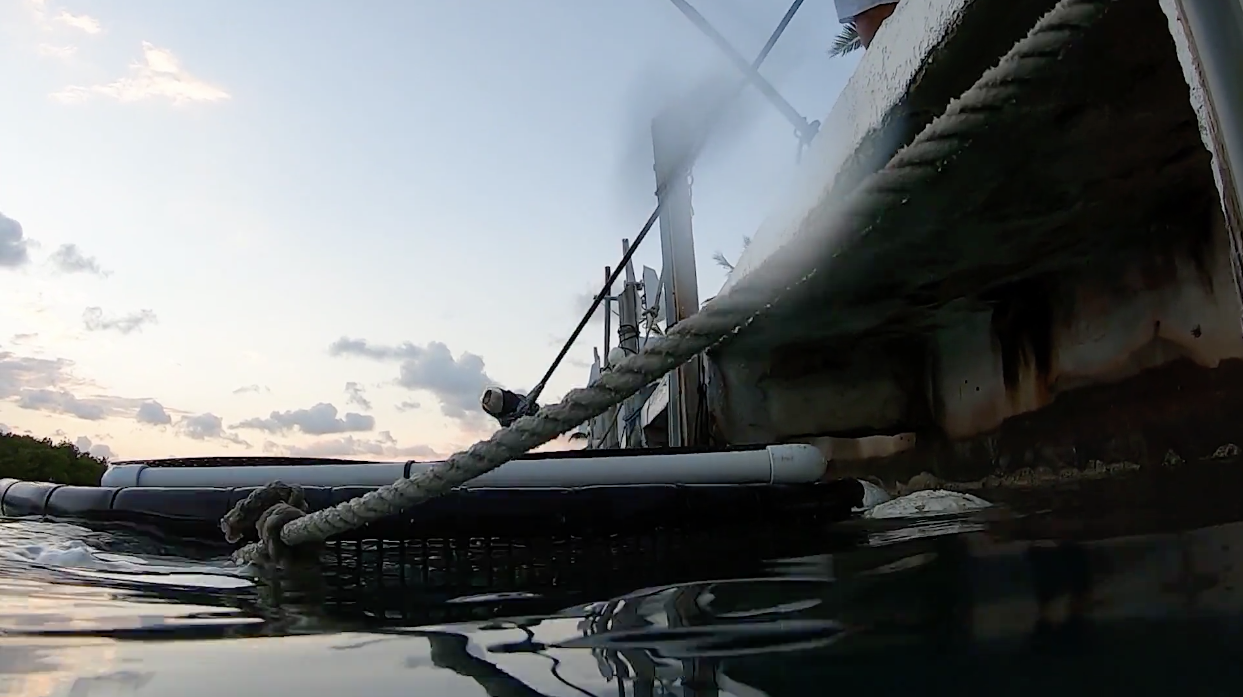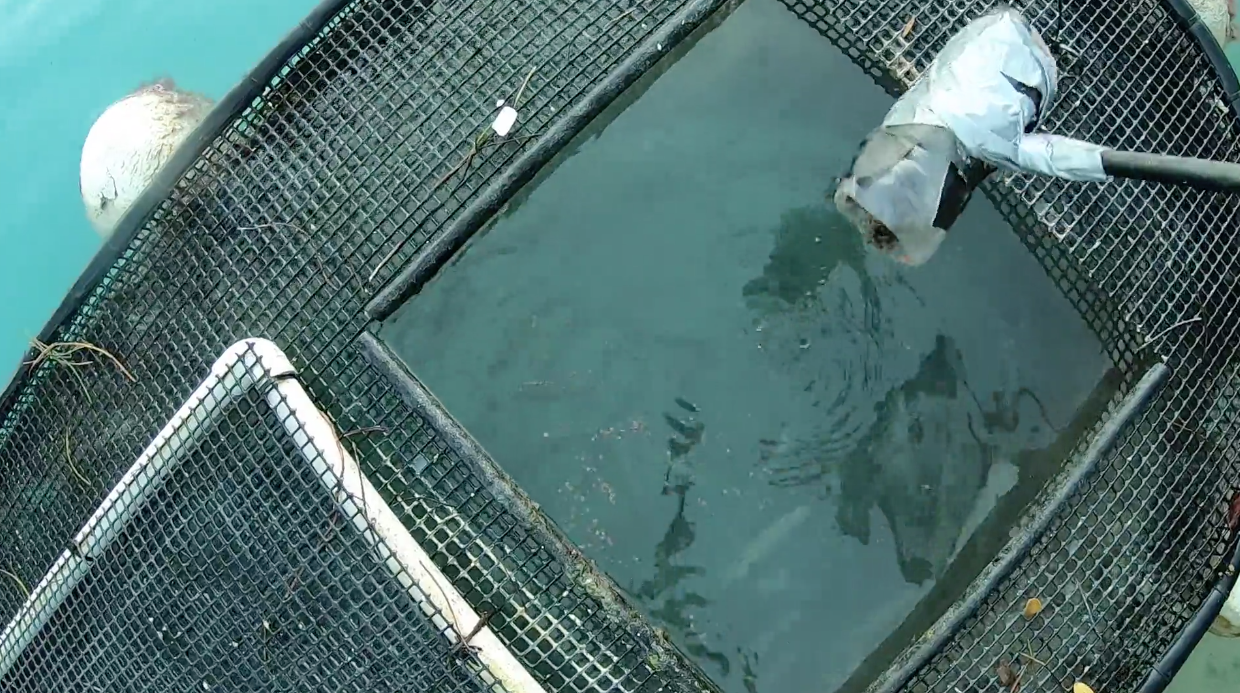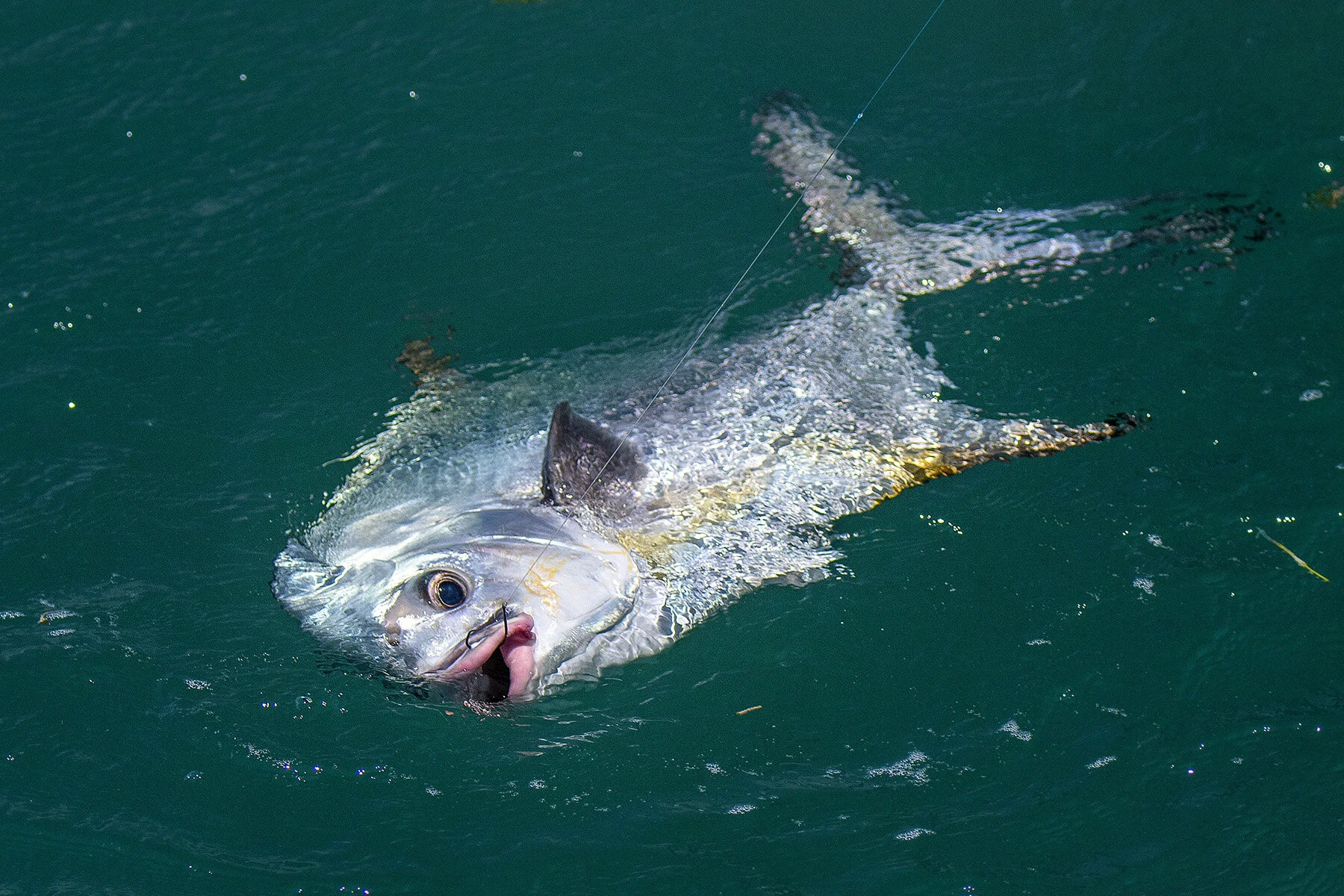How to Ensure You Always Have Enough Bait
written by Evan Anderson
On this episode of Into the Blue, Captains Scott Walker and Steve Rodger discuss the importance of having fresh live bait in the Keys and how you can ensure that you have it readily available at all times of the year. “Every type of fishing in the Florida Keys revolves around bait,” comments Rodger, “Very rarely will I leave shore without some type of live bait. I’ve done it before and I’ve regretted it.”
THROW THE NET
The best way to ensure you have a live well full of bait is to start your day by throwing the cast net. “I made a living my whole life basically throwing a cast net,” says Rodger, “it was very important that every morning I throw the net, that’s what started off every epic trip...Having that bait is so crucial to a successful day on the water.” If you’re new to throwing a cast net, West Marine is a great place to find one for a good price so you can start learning this invaluable skill.
SE Multimedia | 2020
Florida captains pride themselves on their ability to not only expertly throw a cast net, but also in knowing exactly where the bait is and where it’s going to be. “When you’re trying to get offshore and get those tunas or sailfish going,” explains Rodger, “you want a white bait. So we go after the pilchards and ballyhoo for that. There’s a little bit of effort involved in that, you need to get in shallow water and throw the net. Some guys will have a bait boat because their offshore rig’s draft isn’t shallow enough.”
According to Walker and Rodger, as the season goes on the bait will move into progressively shallower water to avoid boats and nets. “I can tell how much these baits have been messed with by how shallow they are,” says Rodger, “They start off in 4-5 feet of water, but as the season goes on they get pushed shallower and shallower. So it’s very important to have a boat with a shallow enough draft to get to them.”
SE Multimedia | 2020
TAKE CARE OF YOUR BAIT
Throwing a cast net and scooping up a huge group of baitfish is a traumatic experience for the fish (can you blame them?). If you don’t handle them correctly and take care of them, most of them will die before the day is over. Walker recommends avoiding touching the baitfish as much as possible as this removes some of the protective slime coat on their scales.
SE Multimedia | 2020
In addition to keeping your hands away from the bait as much as you can, Rodger also recommends that you get a good filtration system for your live-well, like the one he has on his Yellowfin 36 Offshore. West Marine is a great place to find pumps and filters for your live-well. “It’s very crucial that modern boats have live-wells with pumps that will keep the bait alive,” says Rodger, “Having a good live-well system is more important than anything else on your boat.”
GROW YOUR BAIT
Taking good care of your bait allows you to take a few home at the end of the day and create your own stash of bait that is readily available when you aren’t able to throw a cast net. “We can take a few home after a day of fishing and keep them in these pens on our dock,” says Walker, “Luckily for us, we have this beautiful canal system here in Duck Key. So our day starts with either going fishing or feeding the bait. If it’s windy, we start by feeding the bait. If we start by fishing, we end the day by feeding the bait.”
SE Multimedia | 2020
Walker explains that to keep that bait you have penned up, you need to follow a couple of rules. Number 1, as he mentioned, you need to feed your bait. “We feed them high protein Purina fish chow,” explains Walker, “it comes in two formulas: Starter and Grower. And once they get full on that, we take all our bycatch, all our red meat from tunas, the leftover barracuda and yellowtail, grind that all up and feed them fresh filet meat. It is a full-time job taking care of the boat and taking care of the bait, but the result is worth it tenfold.”
The other rule you need to follow when growing your own bait is to not overcrowd your pen. “Overcrowding is almost as bad as touching your bait,” says Walker, “You want to give them the space they need to grow and be happy and healthy.” You can always put out another pen if you want to bring more bait home to grow, rather than keep crowding more and more fish into your one bait pen.
Following these two rules will allow for your bait to not only last for a long time, but also grow big, healthy, and be energetic so that when you do take it out offshore it’s attractive to the fish you are after. “We can have great baits in the middle of February that we caught in October and maintained and conditioned to be big, slimy, and strong for the heart of tournament season,” says Walker.
“Being a good fisherman in the Keys is really about knowing about the bait, where it is, how to maintain it,” says Rodger, “At the level that we like to spend our time offshore, we like to have a lot of fresh live bait.”
To see the power of a full live-well, check out the full episode below. Follow@intothebluetv,@captscottwalker, and@steven.rodger on Instagram for more Into the Blue content as well as@waypointfish,@waypointsalt,@waypointboating, and@waypointtv.

















